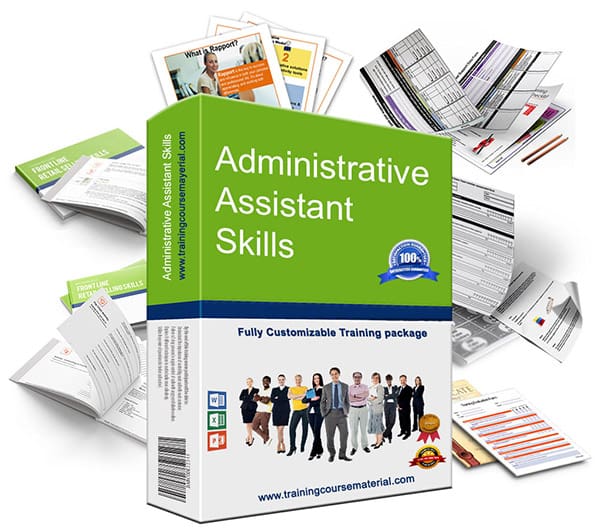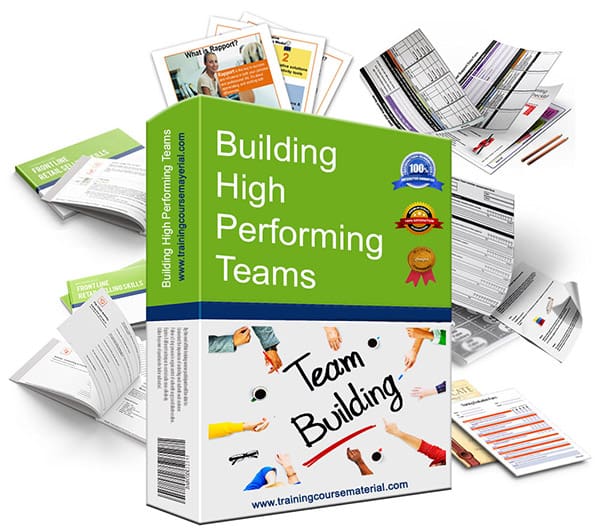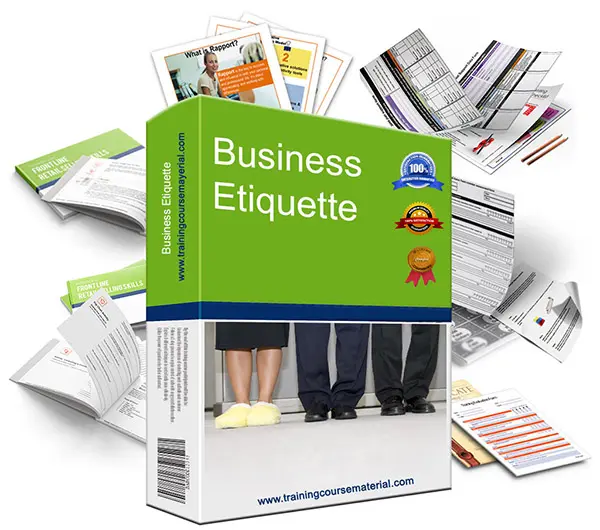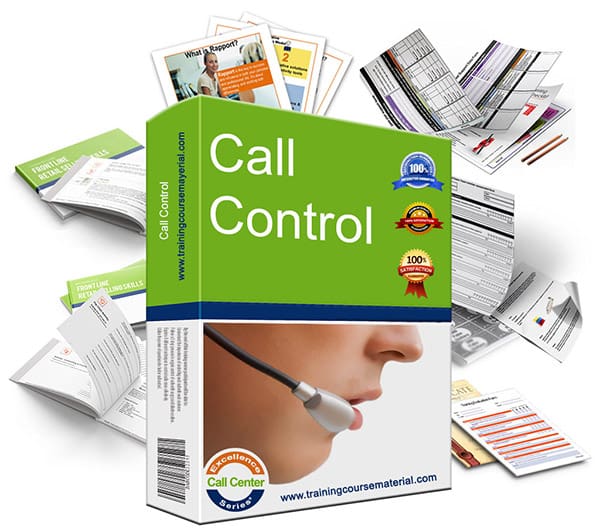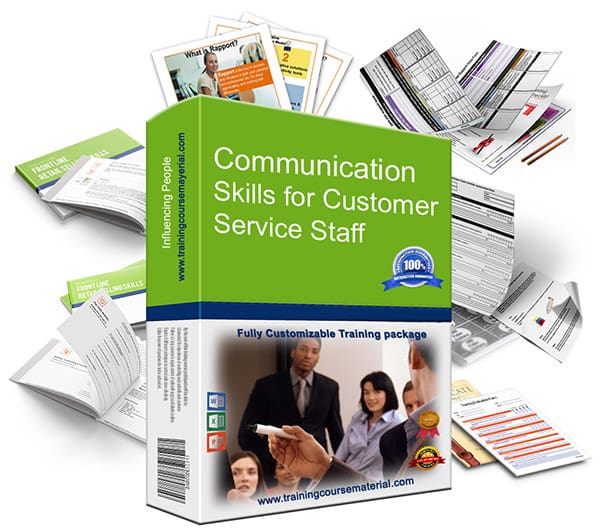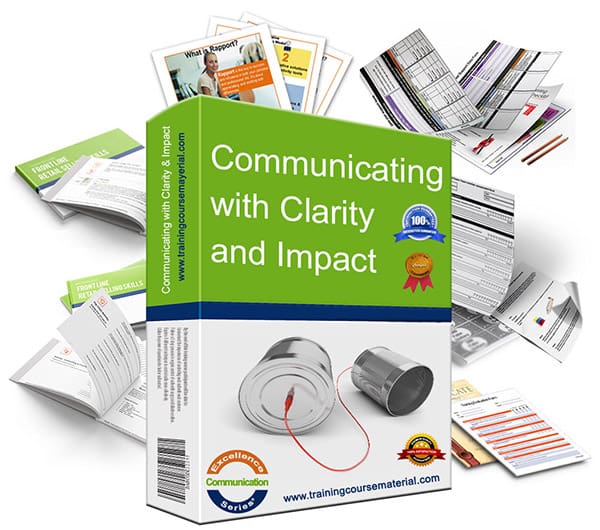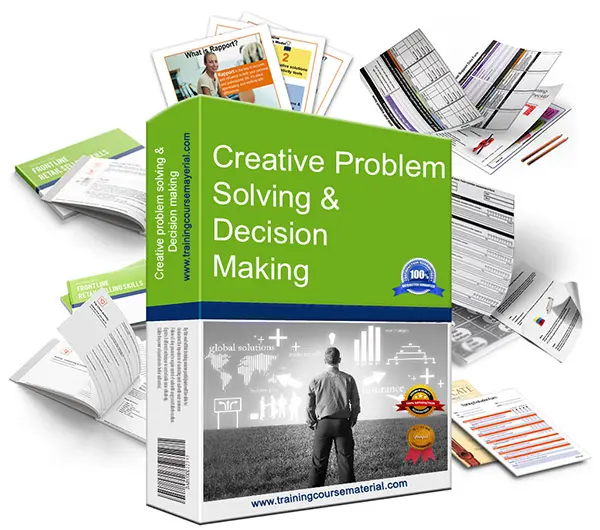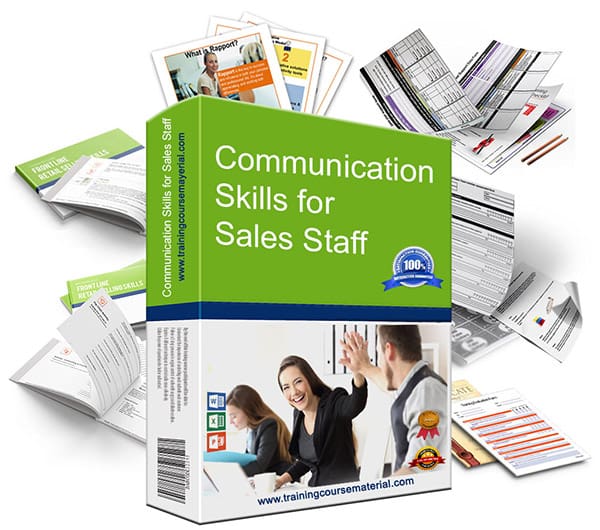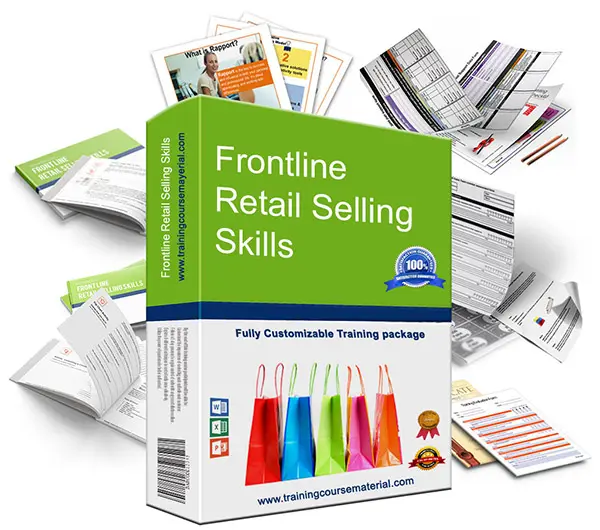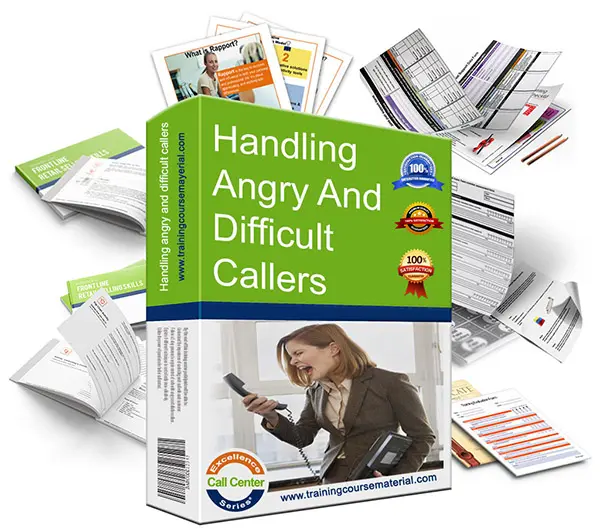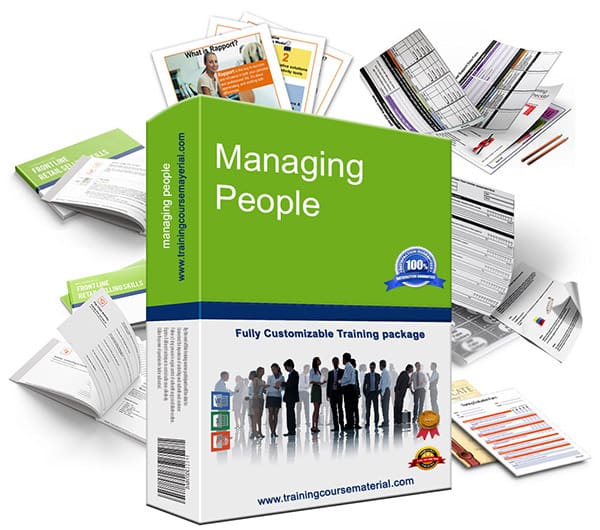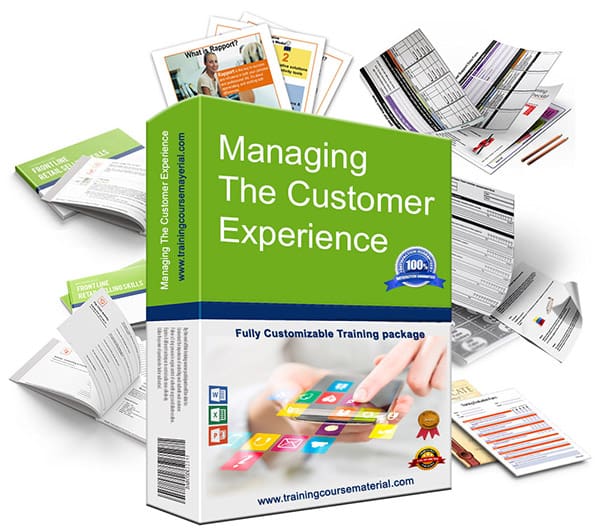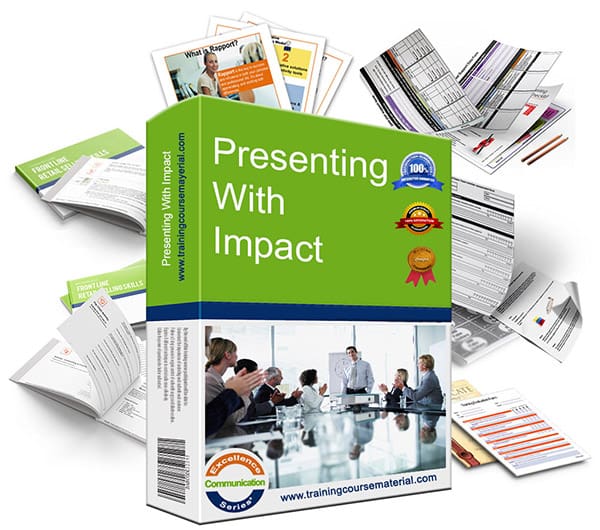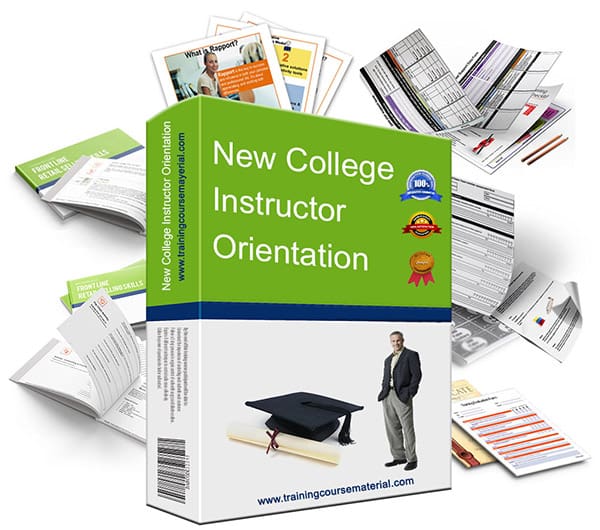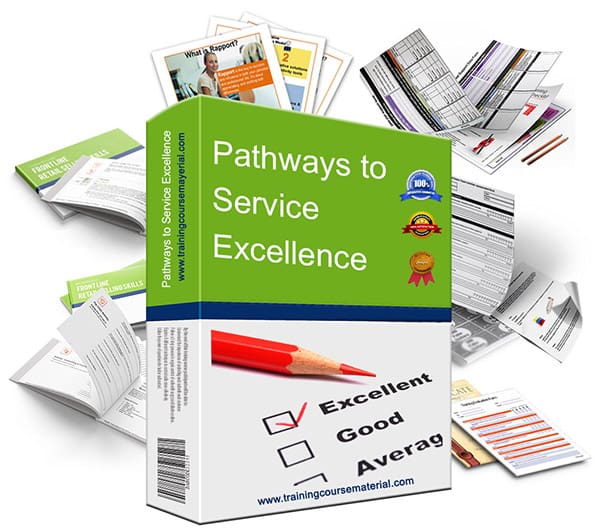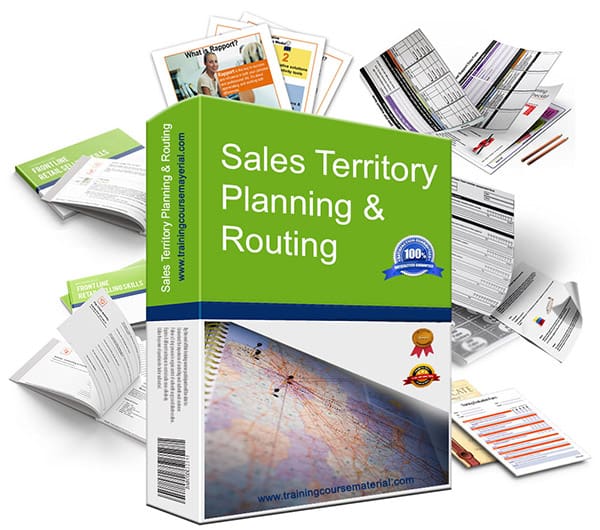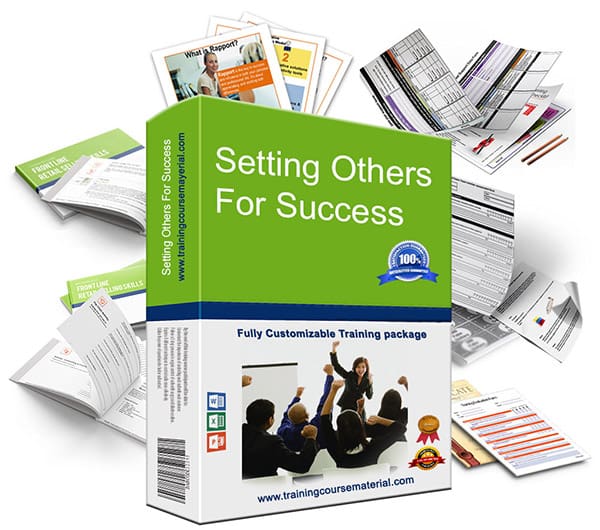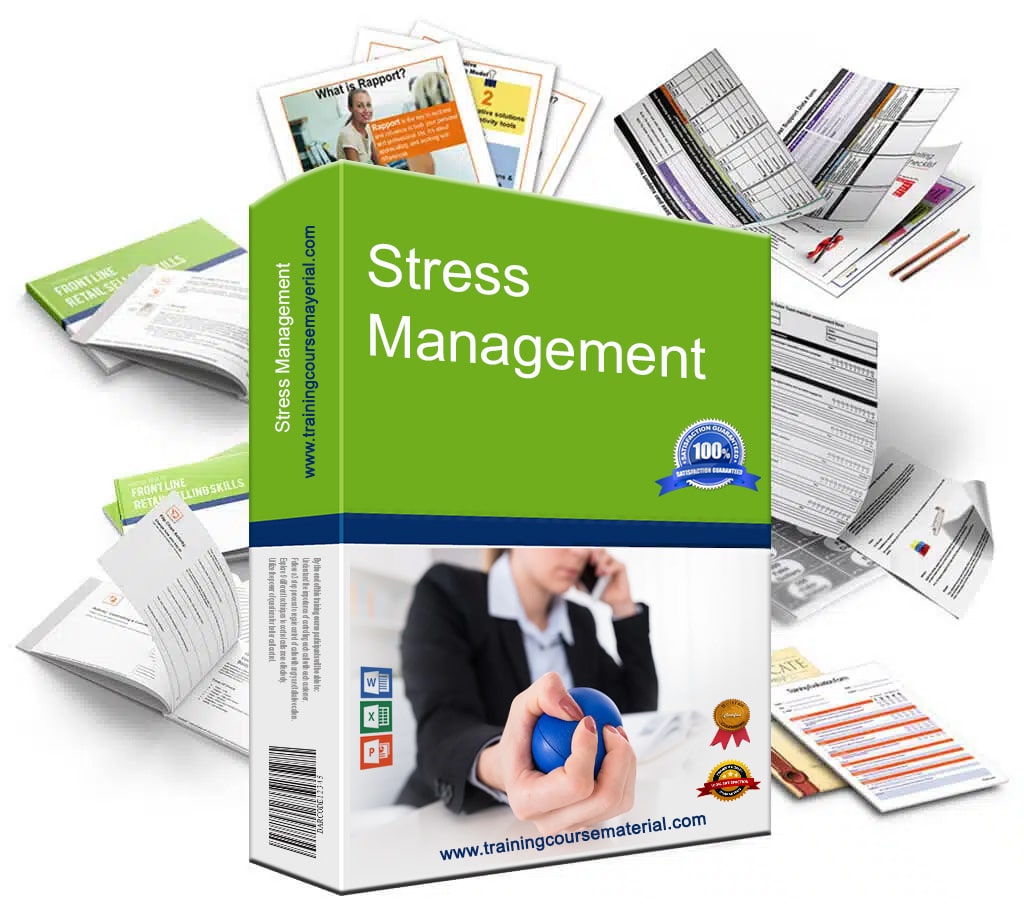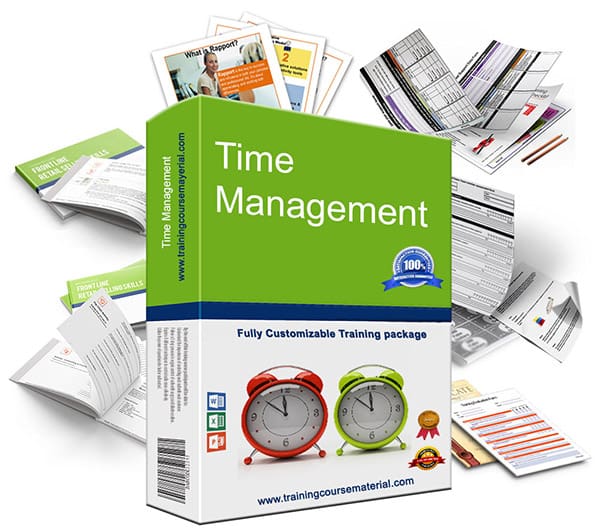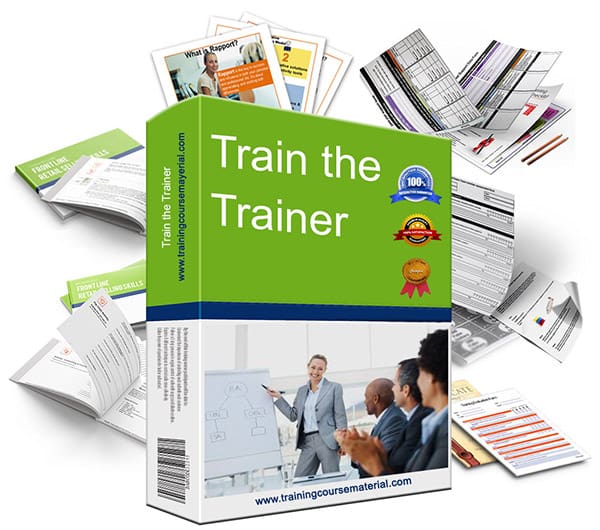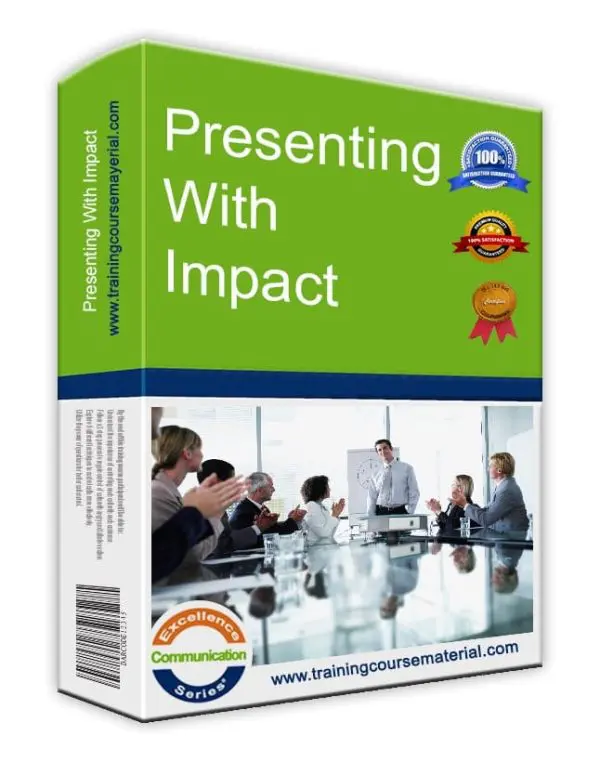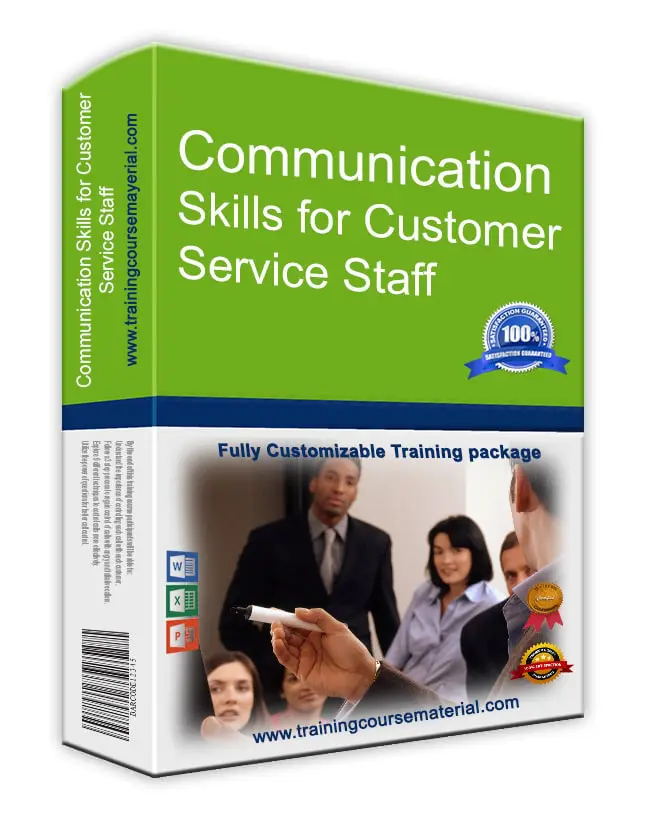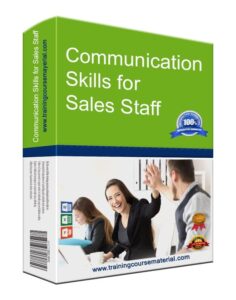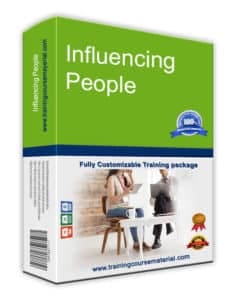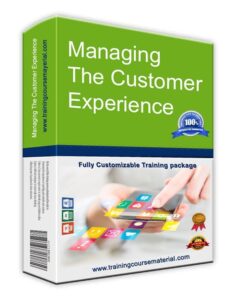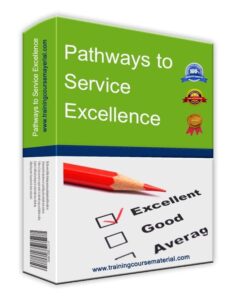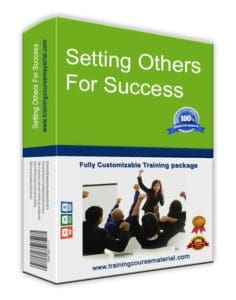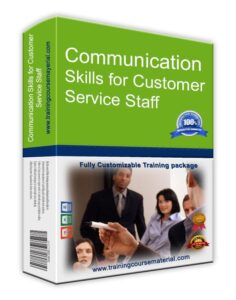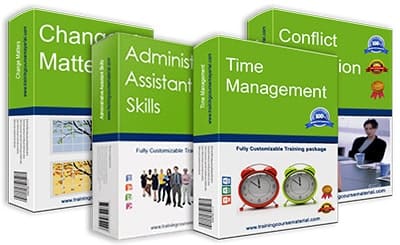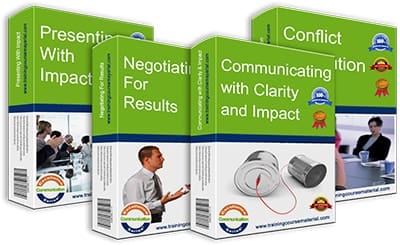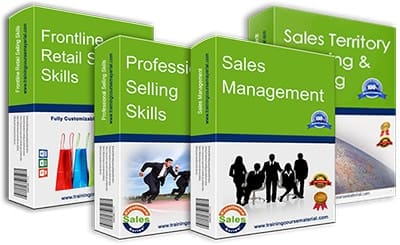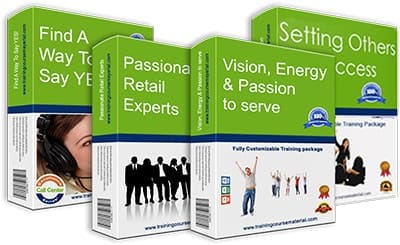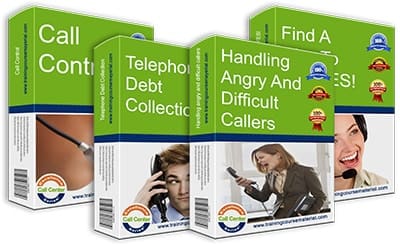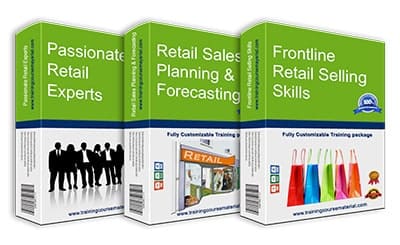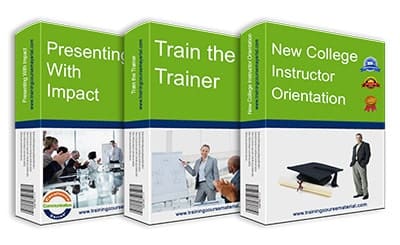In this challenging training activity participants can practice persuasive communication and active listening while facing distractions.
Materials:
- Whiteboard or flipchart
- Markers
- Index cards
- Timer (optional)
Product/Service Example: A subscription service for personalized language learning tailored to busy professionals.
Active Listening Obstacles (Write each obstacle on a separate index card):
- Challenge: “That reminds me of a funny story…” (Launch into an unrelated anecdote)
- Question: “Can I get this app for free somewhere else?” (Focus on irrelevant details)
- Distraction: (Fake phone notification sound) “Oh, sorry, gotta check this real quick.” (Feign needing to address their phone)
- Doubt: “Learning a new language at my age? Sounds unrealistic.” (Express skepticism)
- Misdirection: “So, this app basically replaces a human language teacher, right?” (Misunderstand key features)
- Overtalk: “But what about people who don’t have smartphones?” (Interrupt the pitch)
Trainer Instructions:
- Preparation:
- Briefly explain the concept of active listening and its benefits in communication.
- Write the chosen product/service example on the board.
- Prepare the “Active Listening Obstacles” index cards and place them face down in a central location.
- Group Formation:
- Divide participants into small groups of 3-4 people.
- Role Assignment:
- In each group, designate one person as the “Pitcher” and the others as “Active Listeners with Obstacles.”
- Product/Service Introduction:
- Briefly introduce the example product/service or allow participants to choose their own for the activity (if relevant to the training topic).
- Provide the Pitcher with a few minutes to prepare a short persuasive pitch highlighting the benefits of the product/service.
- The Challenge:
- Explain that the Active Listeners will have challenges throughout the pitch.
- Instruct them to take turns drawing an index card (without revealing it to the Pitcher) and subtly integrate the written obstacle into their listening behavior during the presentation.
- The Pitcher should strive to deliver their message effectively despite the disruptions.
- The Pitch:
- The Pitcher presents their product/service to the Active Listeners.
- Encourage the Pitcher to use active listening techniques (e.g., eye contact, open body language, summarizing key points) to ensure understanding despite the obstacles.
- Debrief:
- After the pitch, facilitate a group discussion.
- Ask the Pitcher:
- How did the Active Listeners’ behavior impact your ability to deliver the message?
- What communication strategies did you use to overcome the challenges?
- Ask the Active Listeners:
- How difficult was it to integrate the obstacle while still actively listening?
- Did the Pitcher’s communication style make it easier or harder to overcome the obstacle?
- Encourage participants to share their observations and insights about the importance of active listening in overcoming communication barriers.
Optional Variations:
- Set a time limit for the pitch to add an element of pressure.
- Allow participants to create their own “Active Listening Obstacles” based on real-life scenarios.
- Have participants switch roles throughout the activity to practice both pitching and active listening.
By participating in this exercise, participants can practice persuasive communication and develop their ability to listen actively despite distractions. This activity helps a deeper understanding of how active listening can improve communication effectiveness in various situations.

Through a series of hands-on activities and key emotional intelligence concepts, this one-day training program will help participants improve their emotional intelligence skills enabling them to use emotional information from themselves and others, integrate this with their thinking for better decision making helping them to more easily get what they want from the immediate situation and from life in general.
Read more about Emotional Intelligence

